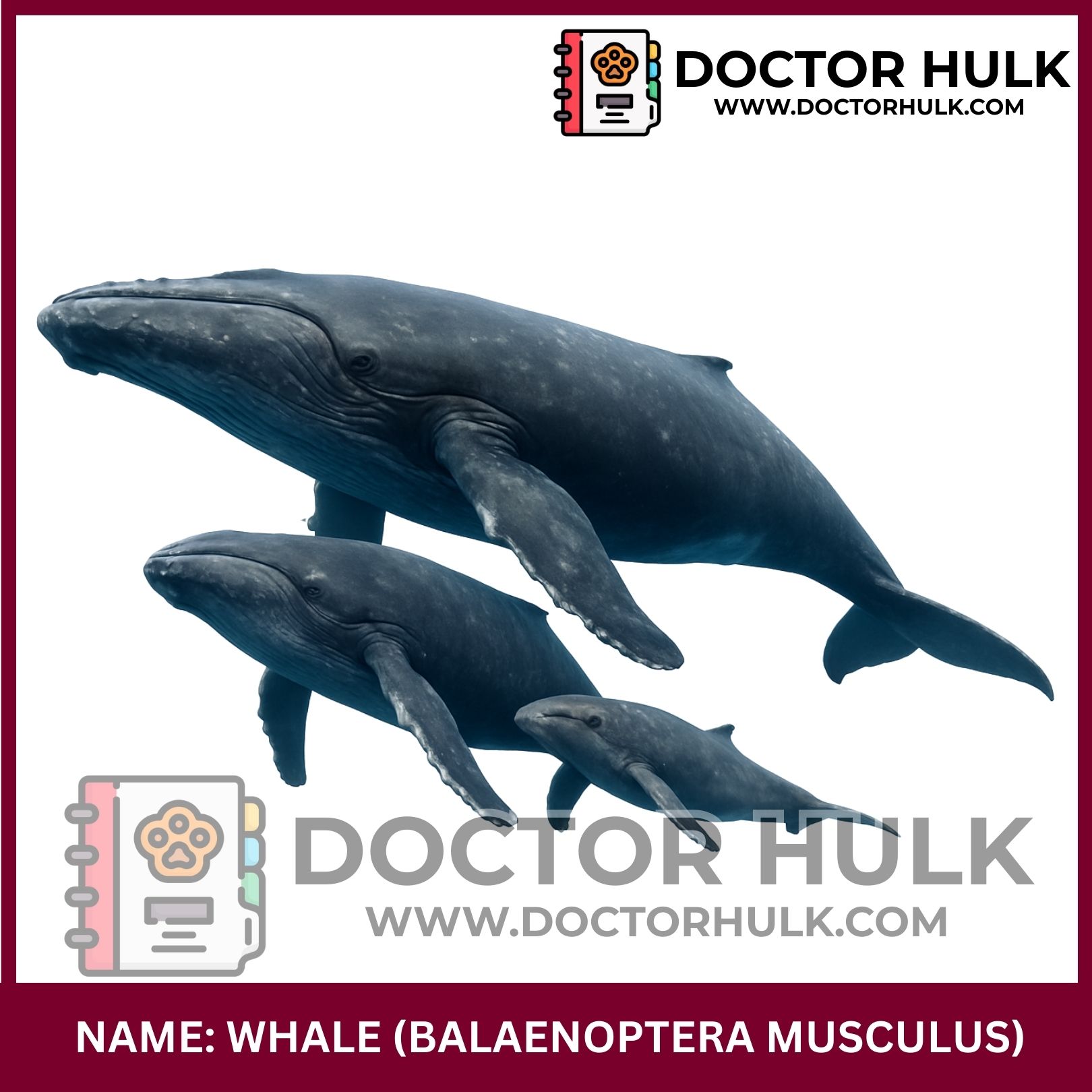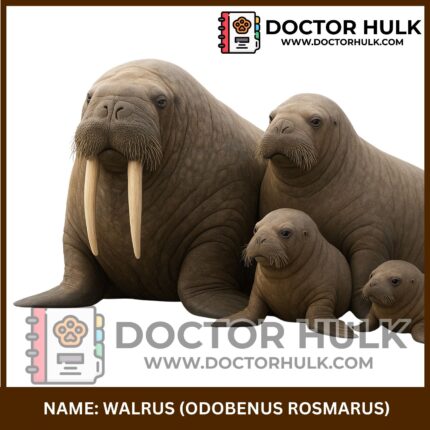A whale is a giant marine mammal that lives in the ocean and is known for its enormous size, intelligence, and graceful swimming. Unlike fish, whales are warm-blooded, breathe air through lungs, and give birth to live young, just like humans do. They are the largest animals on Earth, yet they move through the oceans with calm grace.
Scientific Classification
-
Kingdom: Animalia
-
Phylum: Chordata
-
Class: Mammalia
-
Order: Cetacea
-
Suborders:
-
Baleen Whales (Mysticeti), filter feeders.
-
Toothed Whales (Odontoceti), hunters with teeth.
-
Whales are close relatives of dolphins and porpoises.
Common Names
-
Whale (general name)
-
Blue Whale, Humpback Whale, Sperm Whale, etc.
-
In Yoruba: Eja arun (whale/fish of the sea)
-
In Hausa: Kifi mai girma (large fish)
-
In Igbo: Azụ mmiri ukwu (big sea fish)
Note: Though whales are not fish, local names often reflect their aquatic nature.
Geographic Distribution
Whales live in all the world’s oceans, from warm tropical seas to icy polar waters.
You can find them:
-
In deep oceans (Blue and Sperm Whales)
-
Near coastlines (Humpback and Gray Whales)
-
Migrating thousands of kilometers between feeding and breeding areas
Physical Characteristics
-
Size:
-
Smallest: Dwarf Sperm Whale (~2.7 m)
-
Largest: Blue Whale (~30 m, 180,000 kg!)
-
-
Body: Streamlined for swimming
-
Breathing: Use blowholes to breathe air
-
Tail: Powerful flukes for movement
-
Skin: Smooth with little to no hair
 Image showing a blue Whale breaching the surface, with a huge splash and visible blowhole (Source: iStock)
Image showing a blue Whale breaching the surface, with a huge splash and visible blowhole (Source: iStock)
Major species of Whales
1. Blue Whale (Balaenoptera musculus)
-
The largest animal ever to live on Earth
-
Can grow up to 30 meters long
-
Eats krill using baleen plates to filter them from seawater
 Image showing aerial shot of a Blue Whale next to a boat for scale (Source: StockCake)
Image showing aerial shot of a Blue Whale next to a boat for scale (Source: StockCake)
2. Humpback Whale (Megaptera novaeangliae)
-
Famous for breaching (jumping out of water) and singing complex songs
-
Long pectoral fins and knobbly head
-
Migrate over 8,000 km each year!
 Image showing a humpback whale mid-breach with water spray around it (Source: StockCake)
Image showing a humpback whale mid-breach with water spray around it (Source: StockCake)
3. Sperm Whale (Physeter macrocephalus)
-
Largest toothed whale
-
Deep divers, can go 1,000+ meters below surface
-
Hunt giant squid using echolocation
 Image showing a sperm whale diving vertically with tail fluke up (Source: iStock)
Image showing a sperm whale diving vertically with tail fluke up (Source: iStock)
4. Orca / Killer Whale (Orcinus orca)
-
Technically a toothed whale, not a true whale
-
Black and white body, highly intelligent
-
Live in family pods and hunt seals, fish, and even other whales
 Image showing orca pod swimming in icy waters with icebergs around (Source: StockCake)
Image showing orca pod swimming in icy waters with icebergs around (Source: StockCake)
5. Gray Whale (Eschrichtius robustus)
-
Known for long migrations (up to 20,000 km/year!)
-
Filter feeders, feeding on crustaceans in the ocean floor
-
Often seen near coasts during migration
 Image showing a gray whale near surface with barnacles on back (Source: iStock)
Image showing a gray whale near surface with barnacles on back (Source: iStock)
Fun facts about Whales
-
Whales breathe air, not water, they hold their breath while diving.
-
They sing songs, especially Humpback whales.
-
Whales nurture their babies (calves) with milk.
-
Some whales can live over 90 years.
-
Their flippers contain finger bones, a reminder of land-dwelling ancestors.
Diet and Feeding
-
Baleen Whales: Use comb-like baleen plates to filter food like krill and plankton
-
Toothed Whales: Use teeth to catch squid, fish, and marine mammals
A Blue Whale can eat up to 4 tons of krill a day during feeding season.
Social Life
-
Many whales live in pods, social groups led by females
-
Communicate through clicks, songs, and tail slaps
-
Mothers and calves stay together for months or even years
-
Orcas and Sperm Whales show strong family bonds
Threats to Whales
-
Whaling (hunting), banned in many places but still done illegally
-
Ship collisions
-
Noise pollution from boats and sonar disrupts communication
-
Pollution, plastic, oil spills, and toxic waste harm whales
-
Climate change, affects krill supply and migration patterns
Conservation Status
-
Some whales like the Blue Whale and North Atlantic Right Whale are endangered.
-
Protected under international laws like the IWC (International Whaling Commission).
-
Marine reserves and safe migration corridors help protect them.
-
Whale watching tourism promotes conservation and awareness.
Whale vs Dolphin
| Feature | Whale | Dolphin |
|---|---|---|
| Size | Generally larger | Smaller |
| Blowhole | One or two | One |
| Teeth | Some have baleen instead of teeth | All have teeth |
| Social Groups | Pods or solitary | Highly social pods |
| Examples | Blue, Humpback, Sperm | Bottlenose, Spinner, Orca |
For marine animal education or if you find a stranded dolphin or whale near your coast, you can contact Doctor Hulk Veterinary Hospital, or contact us through 08143397614.
















Reviews
There are no reviews yet.